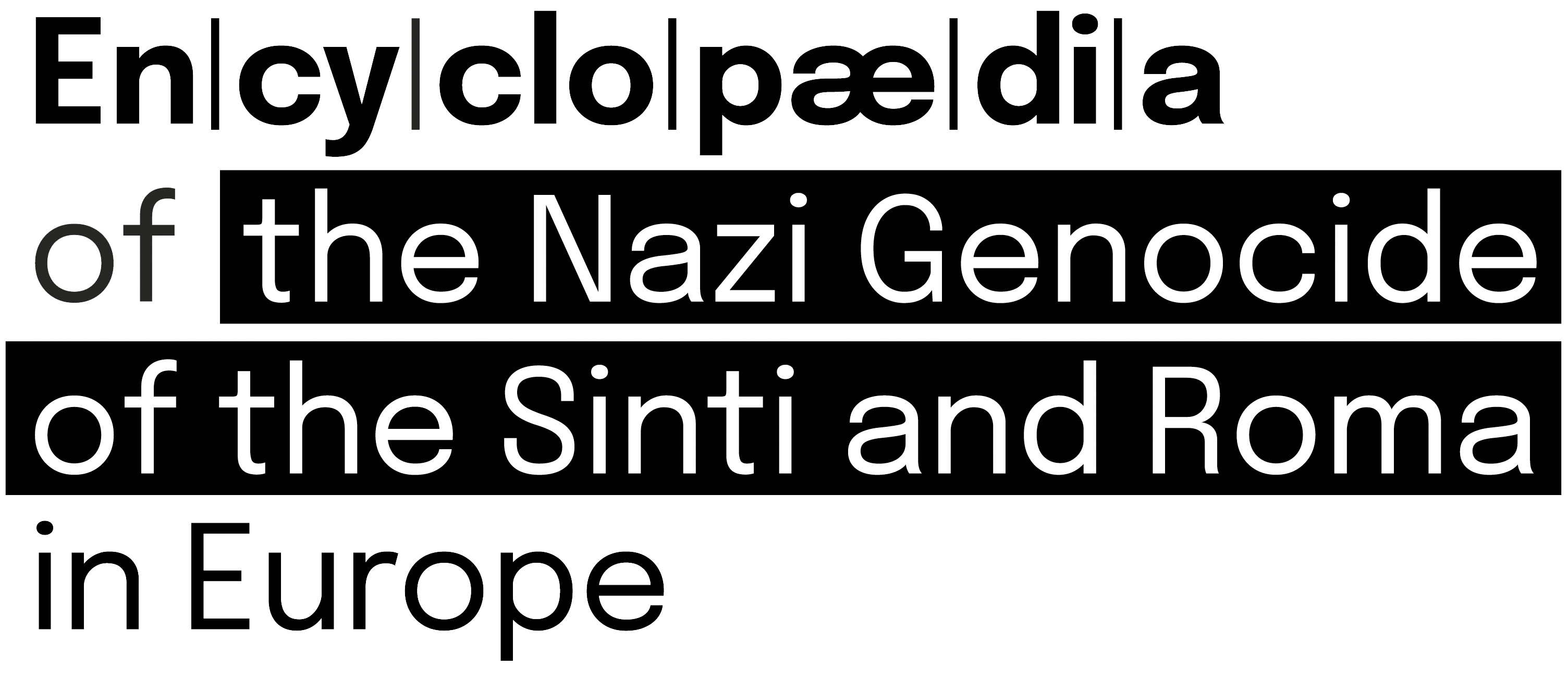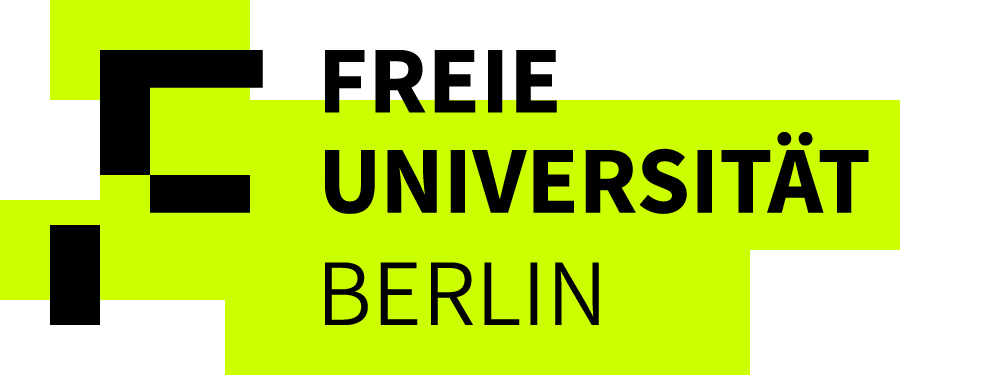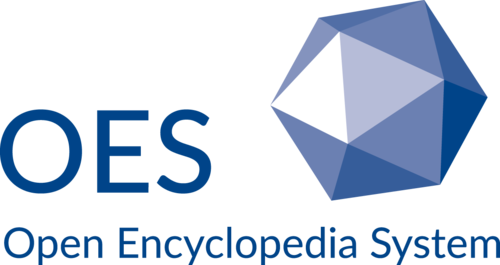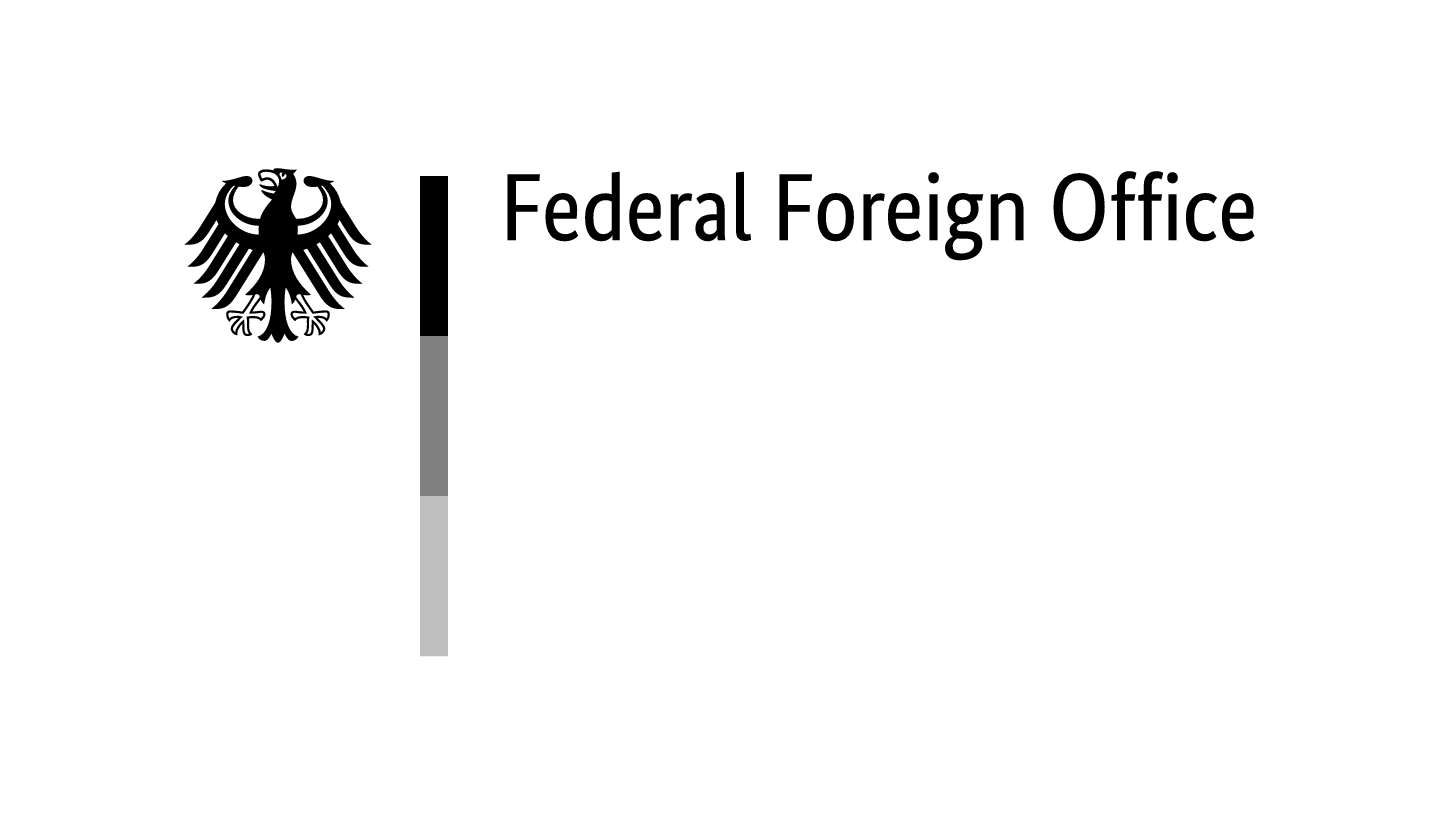Adam Ujvary was born on 23 July 1941 in Halbturn, a village on the Burgenland–Hungarian border in Austria. His parents were Roma and lived in a small hut on the outskirts of the village on a site allocated to them by the municipality of Halbturn. The family was sent to the Lackenbach detention camp in September 1941, and after his relatives died in the camp or were deported and murdered the toddler was transferred to a children‘s hospital and shortly afterwards to the ‘Am Spiegelgrund’ youth welfare centre run by the city of Vienna. Adam Ujvary was murdered there on 30 March 1944 as part of the National Socialist ‘euthanasia’ programme for children and young people.
Family
Among the four Romani families who settled in Halbturn after the First World War was Adam Ujvary’s grandmother, Elisabeth Ujvary (1874–unknown). Her son Stefan Ujvary (1895–1941) married the 21-year-old Katharina Hodos (1903–1941) from Pamhagen in December 1924. The marriage, which was solemnised both in church and at the registry office, can be interpreted as a step towards integration into the rural, rather conservative community of the village.
The couple lived in a small, modest hut, where their nine children were born before 1941. Four children died a few weeks after birth or in infancy. These infant deaths indicate that the couple, who lived in poverty, could barely afford medical care.
To earn a living, Katharina Ujvary worked as a market trader, selling confectionery at church festivals and fairs in neighbouring communities. Stefan Ujvary also worked as a day labourer for farmers. However, he never got beyond the status of an unskilled casual labourer.
The family was ostracised by the local population and repeatedly discriminated against by the authorities. Stefan Ujvary was also denied occupational and social advancement because, like his siblings, he had not received any schooling in his youth. Like the other Roma in the village, he sought to give his own children a better future by sending them to school regularly.
Persecution after the Nazi Takeover
Immediately after Austria’s incorporation into the German Reich in March 1938, the radical policy towards Roma intensified in Burgenland. This included banning children from attending school and revoking occupational licences.
In May 1938, the authorities revoked Katharina Ujvary’s licence to operate an itinerant business. This further worsened the economic situation for the Ujvary family. Katharina Ujvary lost her earnings and Stefan Ujvary, who had previously always had a regular job, fell seriously ill and was unable to work.
The family was therefore completely dependent on welfare support. In February 1941, the family suffered a hard stroke of fate. Their fourteen-year-old daughter Katharina’s (1927–unknown) neurological illness led to her admission to the university psychiatric clinic in Vienna. After this, all traces of her disappear.
In addition, the Roma of Halbturn were subjected to the violence of fanatical young SA (Sturmabteilung) members, who for months drove the Roma from their sleeping quarters at night with so-called ‘gypsy hounds’ and abused them. The gendarmerie and municipal officials stood idly by and watched.
Removal and Expropriation
On 21 September 1941, the huts of the Roma in Halbturn were surrounded by local SA men and the residents, including the Ujvary family, were forced out of their homes. They had to line up on the main square in Halbturn and endure verbal humiliation from young SA men. Around 25 Roma were herded onto a waiting lorry like cattle, sometimes with blows.
Just a few days later, the assets of the Roma were sold in the presence of gendarmes and community leaders. Katharina and Stefan Ujvary owned a hut and furniture, which were auctioned off for 361 Reichsmarks.
Lackenbach and Deportations
Katharina and Stefan Ujvary, their children Gertrude (1935–1941/42), Eva (1938–1941/42), Walter (1940–1941) and Adam, who was only one month old, were sent to the Lackenbach camp in the Oberpullendorf district. The Ujvary family felt they had been treated unfairly, but their letter to the Halbturn municipal government asking for help did not lead to the hoped-for release.
On 25 September 1941, Stefan Ujvary was sent to work on the construction of the Autobahn near Alland. However, he fell ill and was sent back to the Lackenbach camp just four weeks later.
Because of the overcrowding of the camp and the catastrophic living conditions, typhus broke out in the camp in autumn 1941. One-year-old Walter was among the victims, and Stefan and Katharina Ujvary also died in December 1941. In November 1941, around 2,000 Roma were deported from Lackenbach to the Litzmannstadt ghetto. Gertrude and Eva Ujvary were among them.
Many of the deportees died shortly after their arrival as a result of a typhus epidemic. All the others were murdered in the Kulmhof extermination camp in December 1941 and January 1942, with the exception of a few who were transferred to other camps for forced labour.
Am Spiegelgrund
After the death of his parents, three-month-old Adam Ujvary remained in Lackenbach as an orphan. By order of the Lackenbach authorities, he was admitted to the Escherich Children’s Hospital in Vienna. However, on 30 May 1942, the director of the children’s adoption centre immediately noted that ‘people of Gypsy origin may neither be kept in Aryan children’s homes nor placed with Aryan foster parents’.1Wiener Stadt- und Landesarchiv (WStLA); fonds Am Spiegelgrund, medical file Ujvary, Director of the Children‘s Reception Centre to Department E/7, Alserbachstr. 23, 30 May 1942. For this reason, Adam Ujvary was transferred four days later to the ‘Am Spiegelgrund’ youth welfare centre run by the City of Vienna.
On admission, the doctor in charge—in all likelihood Marianne Türk (1914–2003)—described the boy as ‘a tall, delicate boy in a moderately good nutritional condition for his age. […] Dark complexion. Linguistically backward. Neurologically without concerns.’2Ibid, medical history form for Ujvary, Adam, 14 June 1942. In November 1943, a psychological report found Adam, now two years old, to be of average development. However, it was noted that his speech development and learning ability did not correspond to his age and that his physical control was at the level of a one-year-old. His motor skills were criticised and it was noted that he was unable to eat solid food. These notes in the files suggest that the toddler was systematically neglected in the institution.
Victims of Nazi ‘Euthanasia’
Between 1939 and 1945, around 790 mentally and physically impaired children and adolescents were murdered in the ‘Am Spiegelgrund’ institution as part of the National Socialist ‘euthanasia’ programme. Physicians caused the deaths of the children and adolescents by starvation and deliberate neglect and finally by administering overdoses of medication. Adam Ujvary, the only one of his family still alive, was also among the victims.
The institution’s last report on Adam Ujvary, signed by the medical director Dr Ernst Illing (1904–1946) and dated 14 January 1944, stated that he had the mental level of a one to one-and-a-half-year-old and was increasingly lagging behind in his development. The following remark can be regarded as a death sentence: ‘No cure is to be expected. As a feeble-minded Gypsy, he will certainly not be fit for labour later on’.3Ibid, report by Dr Ernst Illing to the health department, 14 January 1944.
Adam Ujvary was murdered on 30 March 1944. As was usual in these murders, those responsible gave the cause of death as ‘pneumonia’, for which his medical records showed no previous symptoms.
Trial before the People’s Court of Vienna
From 15 to 18 July 1946, Ernst Illing, Marianne Türk and their fellow physician Margarethe Hübsch (1903–1983) had to answer before the People’s Court in Vienna for the crimes they had committed at ‘Am Spiegelgrund’. Illing was sentenced to death and executed in Vienna on 30 November 1946. Türk received a ten-year prison sentence, which was suspended in 1948 for health reasons and completely remitted in the summer of 1952. Hübsch was not prosecuted due to lack of evidence.
Remembrance
The mortal remains of the children and adolescents murdered at ‘Am Spiegelgrund’ continued to be misused for medical research after 1945. It was not until the 1990s that this abuse was publicly exposed and challenged. In April 2002, the body parts of more than 600 children and adolescents that could still be found were laid to rest in a grave of honour by the City of Vienna at Vienna Central Cemetery. Adam Ujvary’s name is among the names of the victims listed there on stone plaques.4Cf. https://www.geschichtewiki.wien.gv.at/Denkmal_für_ermordete_Kinder_der_NS-Euthanasieanstalt_%27Am_Spiegelgrund%27 [accessed: 11/06/2025].
The story of Adam Ujvary was first published in 2010. It is now told in the permanent exhibition about the former ‘Am Spiegelgrund’ euthanasia centre, which opened at the historic site in 2002 and was expanded in 2010 and 2020.
It is also one of nine biographies that are presented in the open-air exhibition at the Memorial to the Sinti and Roma of Europe Murdered under National Socialism in Berlin, Germany, which opened on 24 October 2022. An animated short film by media and theatre educator, director and curator Hamze Bytyçi (born 1982) complements the exhibition panel about Adam Ujvary.5Cf. https://www.stiftung-denkmal.de/denkmaeler/denkmal-fuer-die-im-nationalsozialismus-ermordeten-sinti-und-roma-europas/ [accessed: 04/06/2025].




